Scientists from Trinasolar‘s State Key Laboratory of Photovoltaic Science and Technology (SKL) and Nanchang University in China have conducted a series of simulations to compare the performance of back-contact (BC) solar cells with that of TOPCon cells under shading conditions.
The research group explained that their goal was not to investigate the performance on both cell types from a reverse bias perspective but rather to consider the output characteristics of the BC technology at the module level, by integrating the module format, diodes, and actual shading conditions.
Reverse bias is caused, for example, when an individual cell is shaded and other cells in the module try to push a higher current through it. Recent research has shown that this can cause damage to the shaded cell and also lead to an increase in temperature, thus causing further damage.
The team started from the assumption that BC panels perform better under shading conditions, as tunneling occurs in the PN junction on the back of the BC cell when reverse bias voltage increases and reaches a critical value. This helps the current of the shaded cell be made consistent with that of non-shaded cells, which the researchers said mitigates the impact of shading at the module level.
In PERC and TOPCon devices, by contrast, the p-type doped region and the n-type doped region are separated by the silicon substrate, which makes it difficult for the PN junction of the front-contact cell to break down under shading.
“Whether the output characteristics of BC modules in actual shading scenarios are superior to those of front-contact cell modules has not yet reached a unified understanding among both module consumers and researchers,” the scientists said. “Our work fills the current research gap and provides key references for engineering design and market investment.”
The simulation series was conducted assuming standard experimental conditions are adopted, with the irradiance set at 1,000 W/m2 and the temperature at 25 C. A black opaque plastic sheet was used to shade both TOPCon and BC panels into three scenarios: single-cell shading on a single module, short-side row shading on all 12 modules, and long-side row shading on all 12 modules tested.
The first analysis was focused on the relative differences in normalized power between the TOPCon string and BC string before and after shading. It showed that the critical breakdown voltage of BC cells is lower, which means these devices will “more likely” provide current when subjected to reverse bias voltage.
Further shadow experiments with different degrees on a single cell, with the shadowing area ranging from 0% to 100%, were conducted and reportedly demonstrated that BC modules outperform TOPCon modules only when fewer than three cells in a substring are shaded.
“BC modules outperform TOPCon when the number of shaded cells is less than 3, while their power output becomes identical beyond this threshold,” the academics said. “This is determined by the BC cell’s breakdown voltage of 5 V and the total negative bias of 15 V required for bypass diode activation.”
They also concluded that, in utility-scale PV projects where shading is often more than negligible, the performance of the two cell technologies is identical.
“For short-side shading, the mismatch within the substrings is consistent, and neither the shaded BC cells nor TOPCon cells are in a reverse-biased state, so the power output performance of the two is the same,” they concluded. “In the case of long-side shading, the output characteristic curves of the two modules are completely identical, both presenting a stepped bimodal curve, so their power output performance is the same.”
Their findings are available in the study “Power output performance analysis of back-contact photovoltaic module under actual field shading conditions: A comparison with TOPCon photovoltaic module,” which was recently published in Solar Energy.
This content is protected by copyright and may not be reused. If you want to cooperate with us and would like to reuse some of our content, please contact: editors@pv-magazine.com.
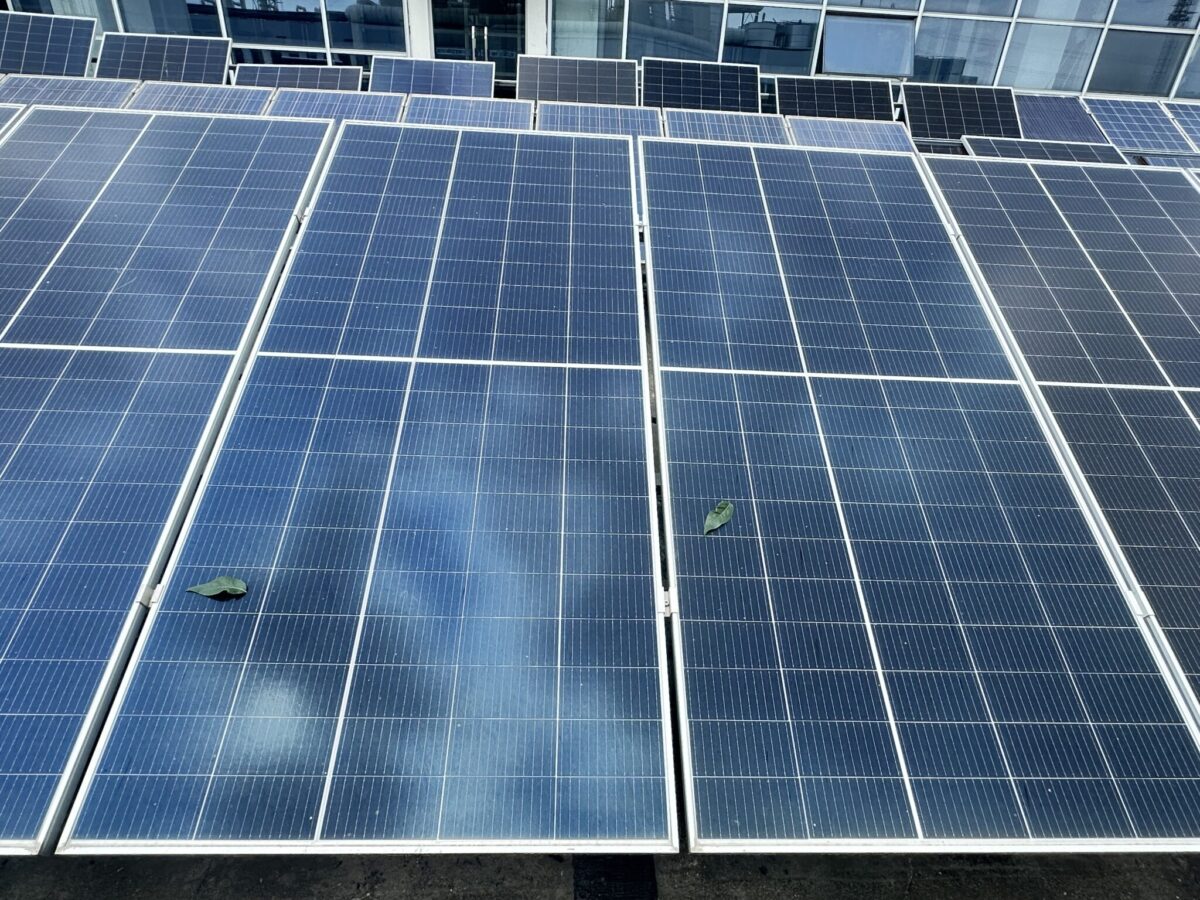
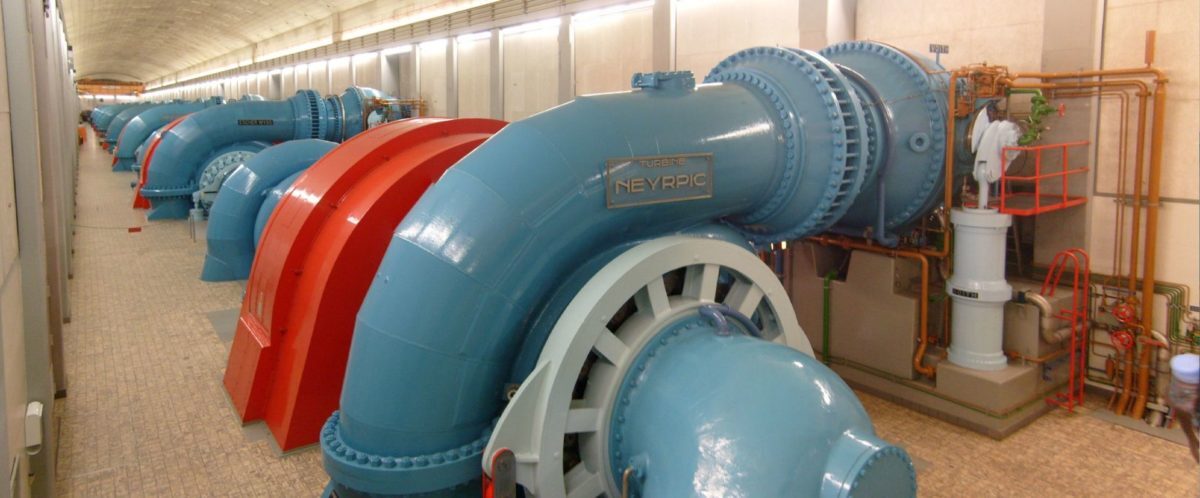


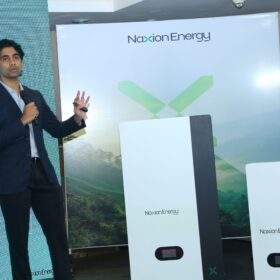
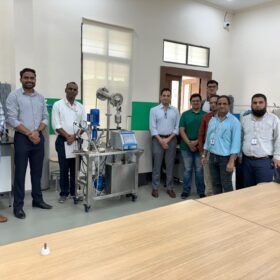
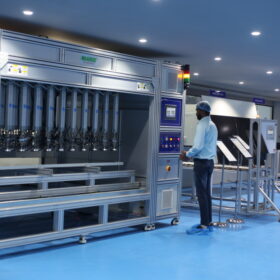
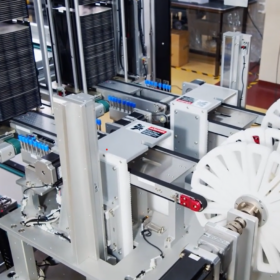
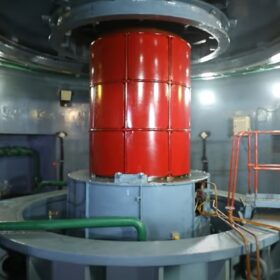
By submitting this form you agree to pv magazine using your data for the purposes of publishing your comment.
Your personal data will only be disclosed or otherwise transmitted to third parties for the purposes of spam filtering or if this is necessary for technical maintenance of the website. Any other transfer to third parties will not take place unless this is justified on the basis of applicable data protection regulations or if pv magazine is legally obliged to do so.
You may revoke this consent at any time with effect for the future, in which case your personal data will be deleted immediately. Otherwise, your data will be deleted if pv magazine has processed your request or the purpose of data storage is fulfilled.
Further information on data privacy can be found in our Data Protection Policy.